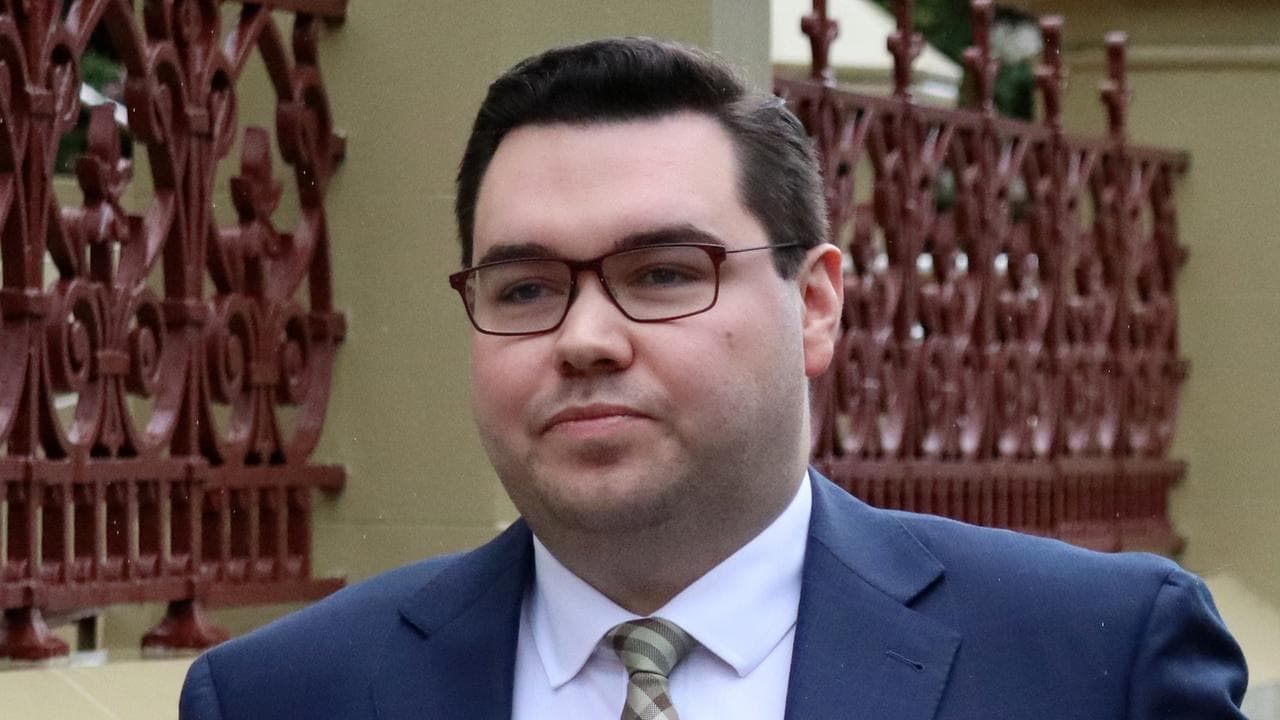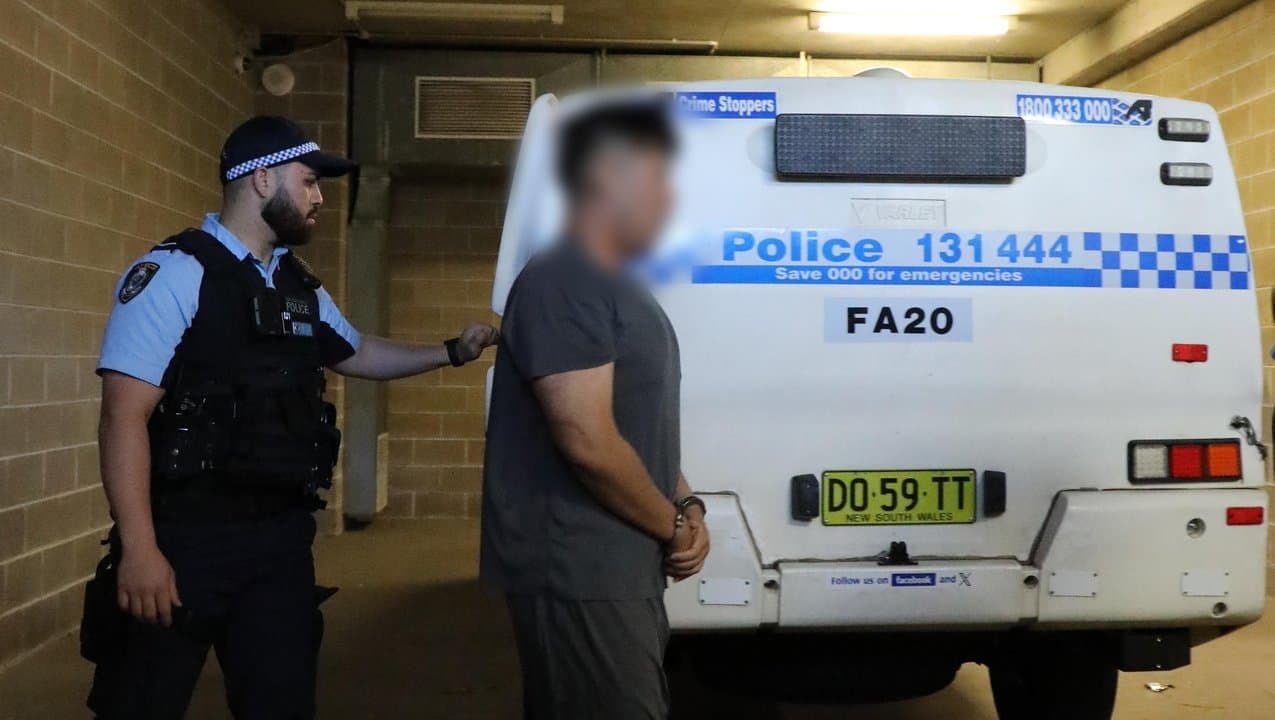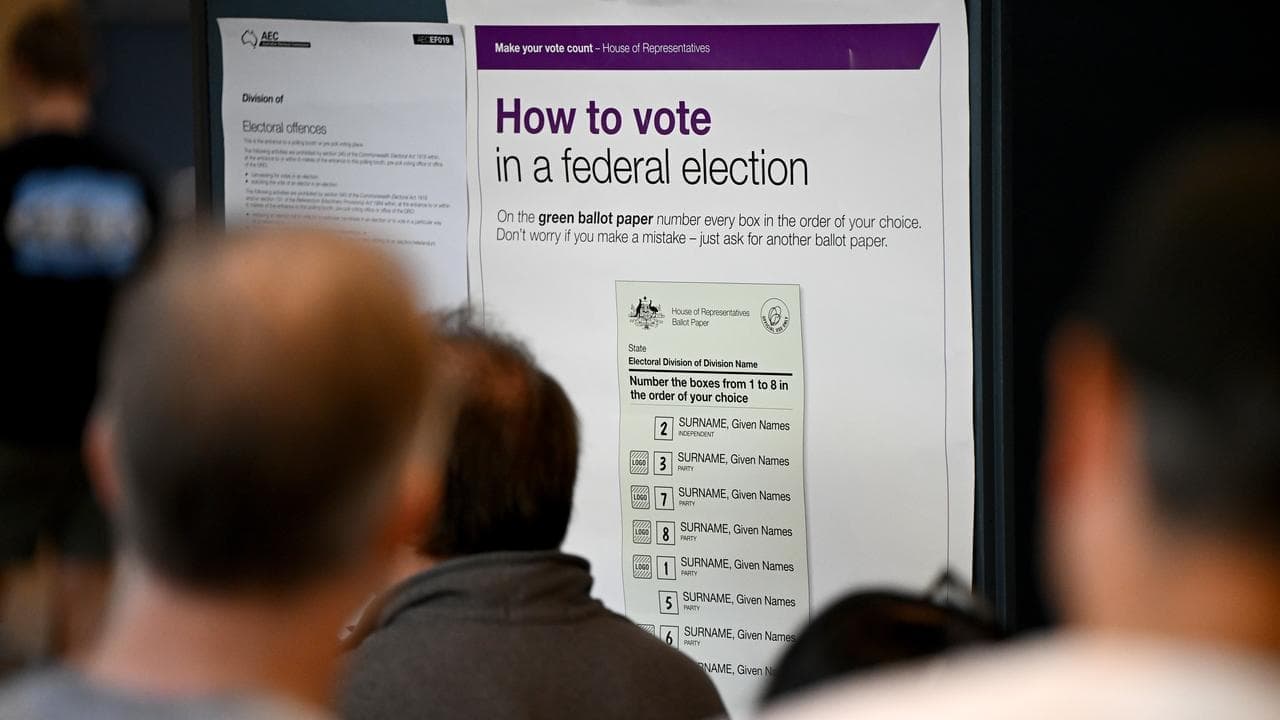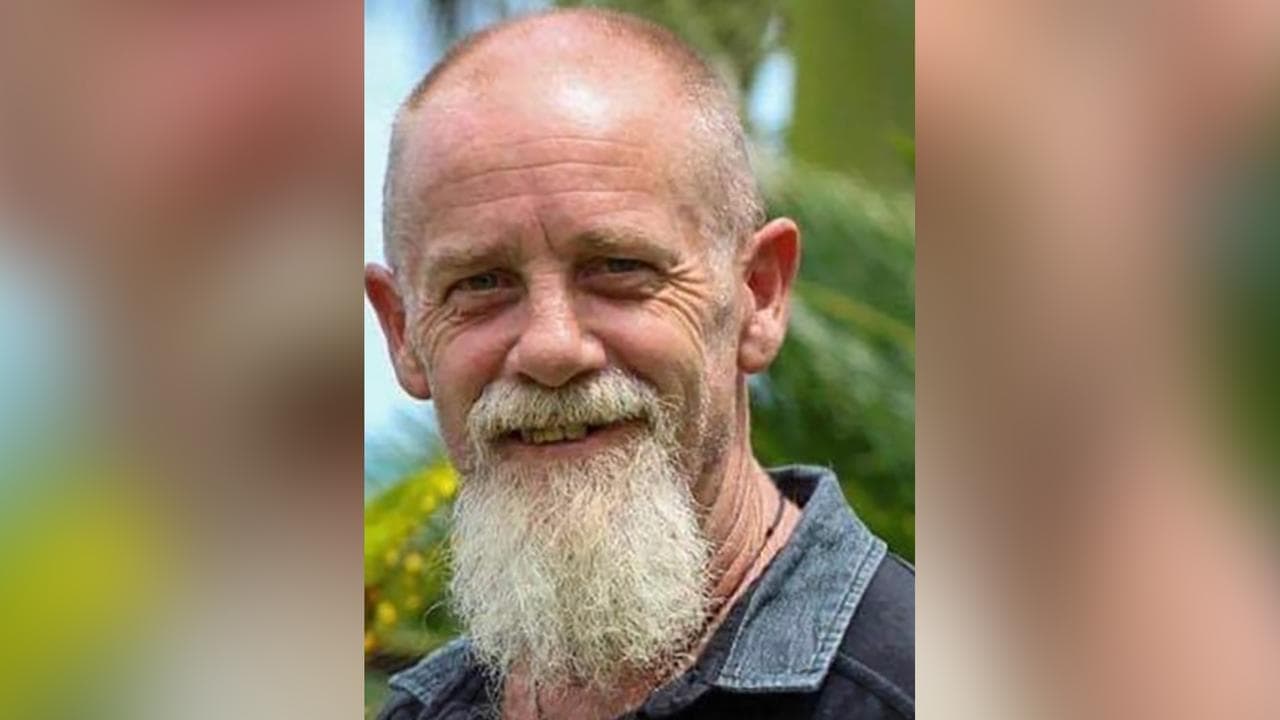AAP FactCheck Investigation: Do a quarter of Tasmanians - or 120,000 people - live below the poverty line?
The Statement
"120,000 Tasmanians - a quarter of our population - live below the poverty line."
Anna Reynolds, Lord Mayor of Hobart, and Council of Capital City Lord Mayors Chair. July 8, 2019.
The Verdict
Ambiguous - It has an equal weighting of true and false elements.
The Analysis
Hobart Lord Mayor Anna Reynolds said low incomes and a lack of affordable housing have created “perfect storm” conditions driving the national housing and homelessness crisis. Ms Reynolds leads a coalition of lord mayors which has identified this as a key priority and is pressuring the federal government to help resolve the issue by investing more in social housing that has remained flat for 20 years. [1]
AAP FactCheck examined Ms Reynolds’ claim that a quarter of Tasmanians, or 120,000 people, live in poverty.
Homelessness and the lack of social housing was cast into the national spotlight by Independent Tasmanian Senator Jacqui Lambie, who demanded federal relief for Tasmania public housing debt in exchange for supporting the government’s $158 billion tax cut package in parliament. [2]
Lord Mayors from around the nation put assistant federal Minister for Homelessness and Housing Luke Howarth “on notice” about the gravity of the issue at the 2019 Asia Pacific Cities Summit in Brisbane. Ms Reynolds, whose city is struggling under the weight of a population boom and rising property prices, said lord mayors were better placed than state and federal counterparts to see the extent of the issue. [3]
The Poverty in Australia 2018 report by Australian Council of Social Service (ACOSS) and the University of New South Wales states poverty exists when “a household’s disposable (after-tax) income falls below a level considered inadequate to achieve an acceptable standard of living”.
For its calculations, the 2018 poverty report used 2015-16 data and the “international poverty line”, a benchmark used in national and international poverty studies including in the European Union. Commonly poverty line thresholds are set at either 50 per cent or 60 per cent of the median disposable household income. “The poverty lines aim to measure living standards relative to those enjoyed by ‘middle Australia’,” the report said. [4] [5]
The 60 per cent poverty line, before housing costs, for a single adult in Australia is $519 a week. For a couple with two children, it is $1,090 a week. [4]
According to the poverty report, 23.6 per cent - or about 120,000 - of Tasmanians live on 60 per cent of Australia’s median disposable household income, or in other words live in poverty. This is the second highest percentage in Australia behind South Australia which has 24.2 per cent. The national ranking from worst to best is South Australia, Tasmania, Western Australia and Queensland equal on 21.4 per cent, Victoria 21 per cent, Northern Territory 16.6 and ACT 11.9. Nationally the figure is 18.6 per cent. [4]
Based on these figures, AAP FactCheck found Ms Reynolds claim to be true, accounting for the fact she rounded the percentage of Tasmanians in poverty from 23.6 per cent up to one quarter.
The 2018 poverty report uses 2015-16 data. According to the Australia Bureau of Statistics [ABS], Tasmania’s population in 2015 was 515,694. One quarter of the 2015 population is 129,000. [6]
The 2016 Census data puts Tasmania’s population at 509,965, a quarter of which is 127,500. [7]
You have to go back to 2003-2005 ABS data to find a population figure of 480,000 for Tasmania to match Ms Reynolds claim of 120,000 equalling one quarter. [6]
The latest ABS data estimates Tasmania's population increased to 531,529 by the December quarter 2018. [8]
Based on these figures, AAP FactCheck found Ms Reynolds claim that 120,000 Tasmanians live below the poverty line, is false. The true figure was higher by 7500-9000 people.
The Verdict
Ambiguous - It has an equal weighting of true and false elements.
The References
1: ‘A quarter of our population live below the poverty line: Lord Mayor of Hobart’. RN Breakfast. ABC Radio. (5:35min). July 8, 2019: https://www.abc.net.au/radionational/programs/breakfast/lord-mayor-of-hobart-anna-reynolds-on-housing-crisis/11286972
2. ‘Jacqui Lambie agrees to support government's $158bn tax cuts plan’, by Sarah Martin, The Guardian. July 4, 2019: https://www.theguardian.com/australia-news/2019/jul/03/jacqui-lambie-demands-tasmanian-debt-relief-in-exchange-for-tax-cut-support
3: ‘Lord mayors put Howarth on notice over homelessness issue’, by Lucy Stone. The Sydney Morning Herald. July 10, 2019: https://www.smh.com.au/national/lord-mayors-put-howarth-on-notice-over-homelessness-issue-20190710-p525y3.html
4: ‘Poverty in Australia 2018’, by P Davidson, P Saunders, B Bradbury, M Wong. Australian Council of Social Services and University New South Wales. (Page: 18,19, 60, 65) 2018: https://www.acoss.org.au/wp-content/uploads/2018/10/ACOSS_Poverty-in-Australia-Report_Web-Final.pdf
5: ‘European Union Definition of Poverty’. ResearchGate. November 2015: https://www.researchgate.net/publication/328718886_European_Union_Definition_of_Poverty
6. ‘Table 1.2, 3105.0.65.001 - Australian Historical Population Statistics, 2019 - Population Size and Growth’. Australian Bureau of Statistics: https://www.abs.gov.au/AUSSTATS/abs@.nsf/DetailsPage/3105.0.65.0012016?OpenDocument
7. ‘2016 Census QuickStats Tasmania’. Australian Bureau of Statistics: https://quickstats.censusdata.abs.gov.au/census_services/getproduct/census/2016/quickstat/6?opendocument
8. ‘Population (ABS Cat No 3101.0) Latest quarter: December 2018’. Department of Treasury and Finance. June 20, 2019: https://www.treasury.tas.gov.au/Documents/Population.pdf
* AAP FactCheck is accredited by the Poynter Institute's International Fact-Checking Network, which promotes best practice through a stringent and transparent Code of Principles. https://factcheck.aap.com.au/












